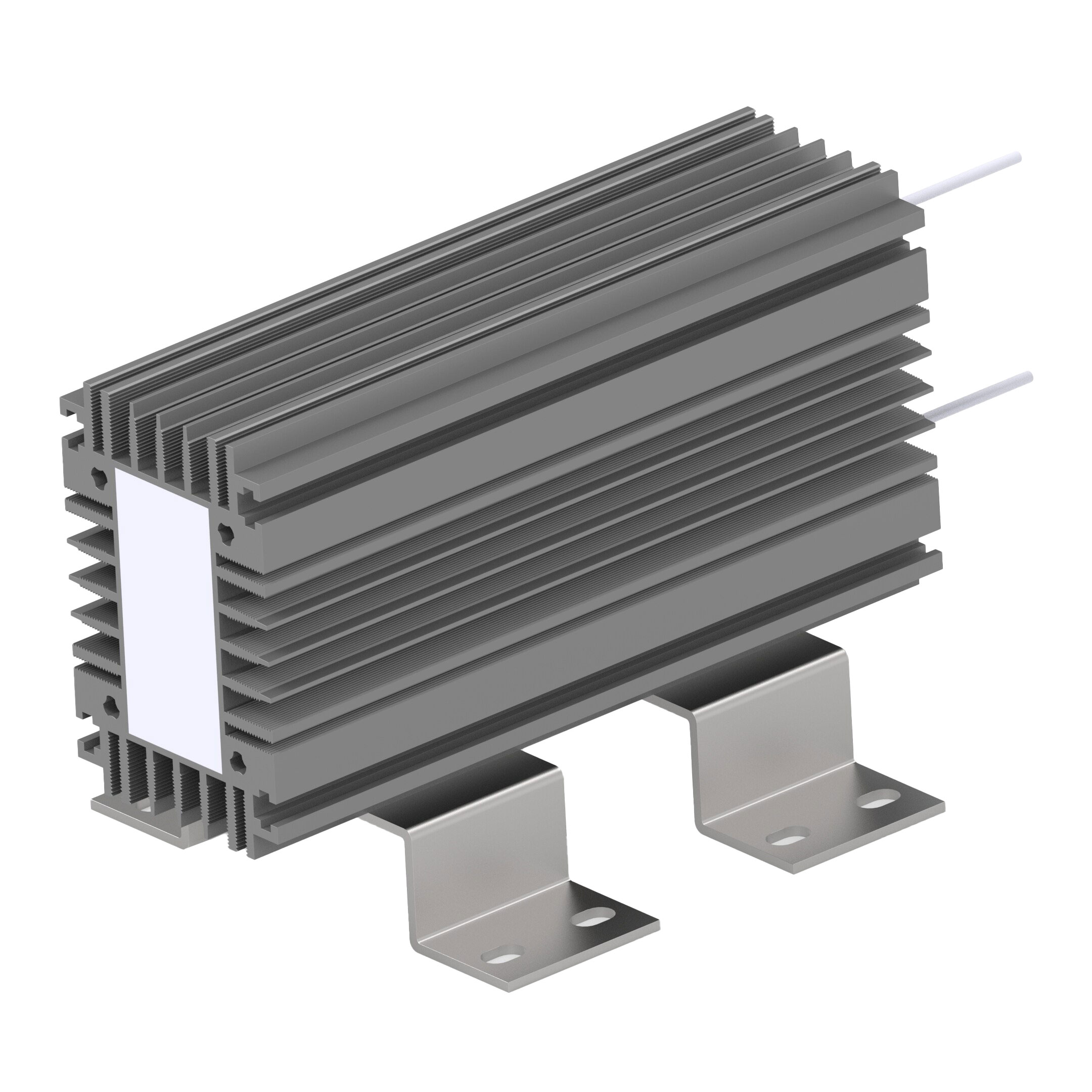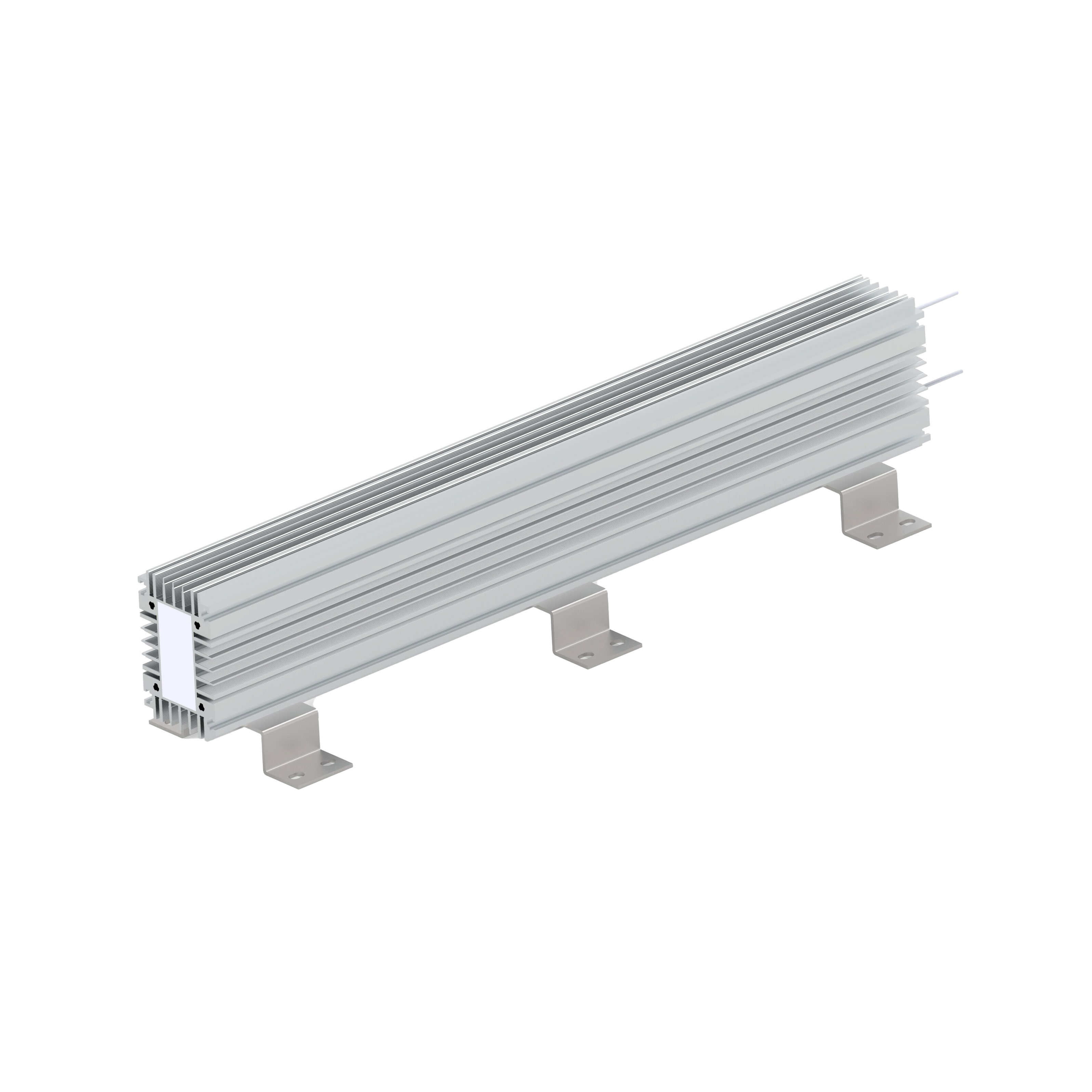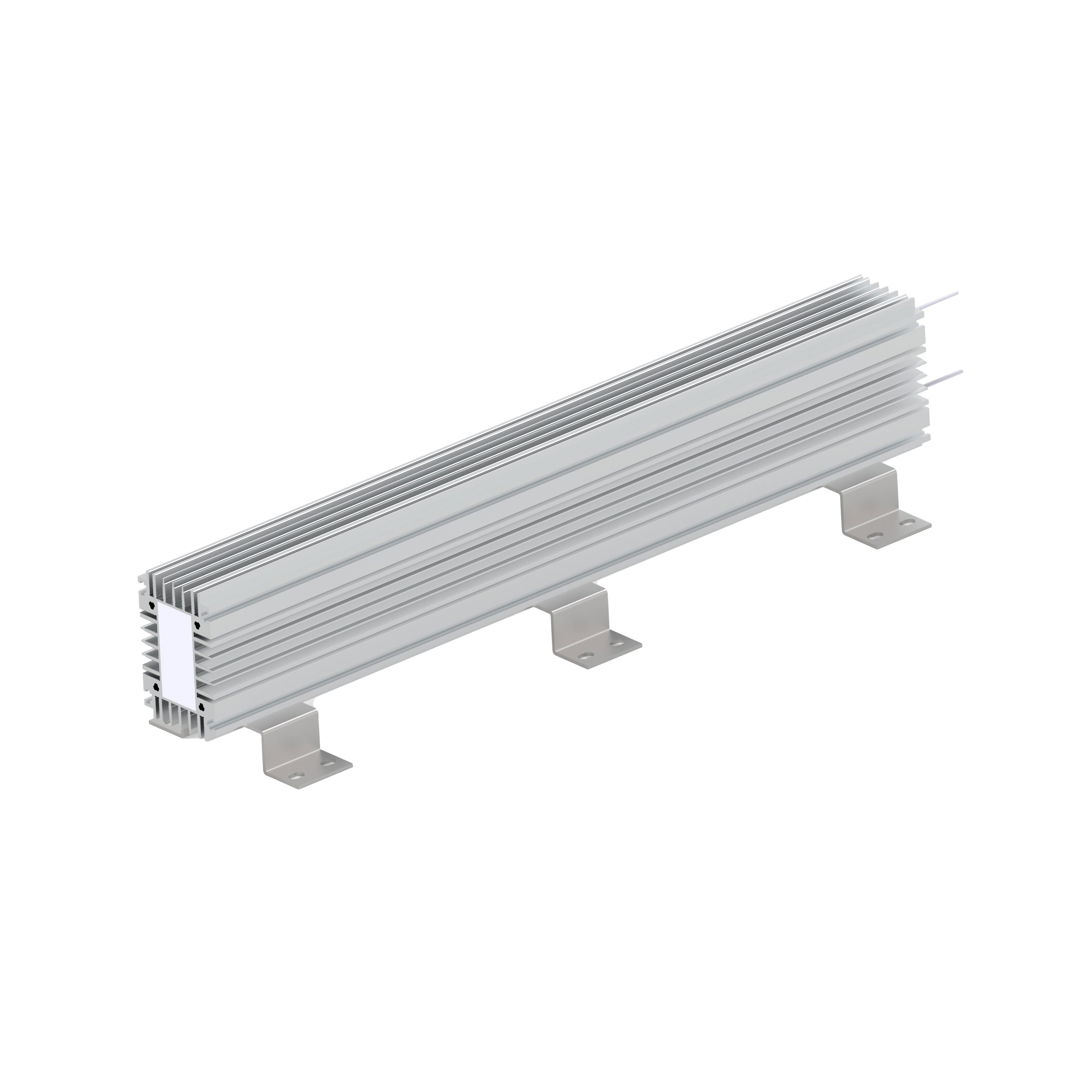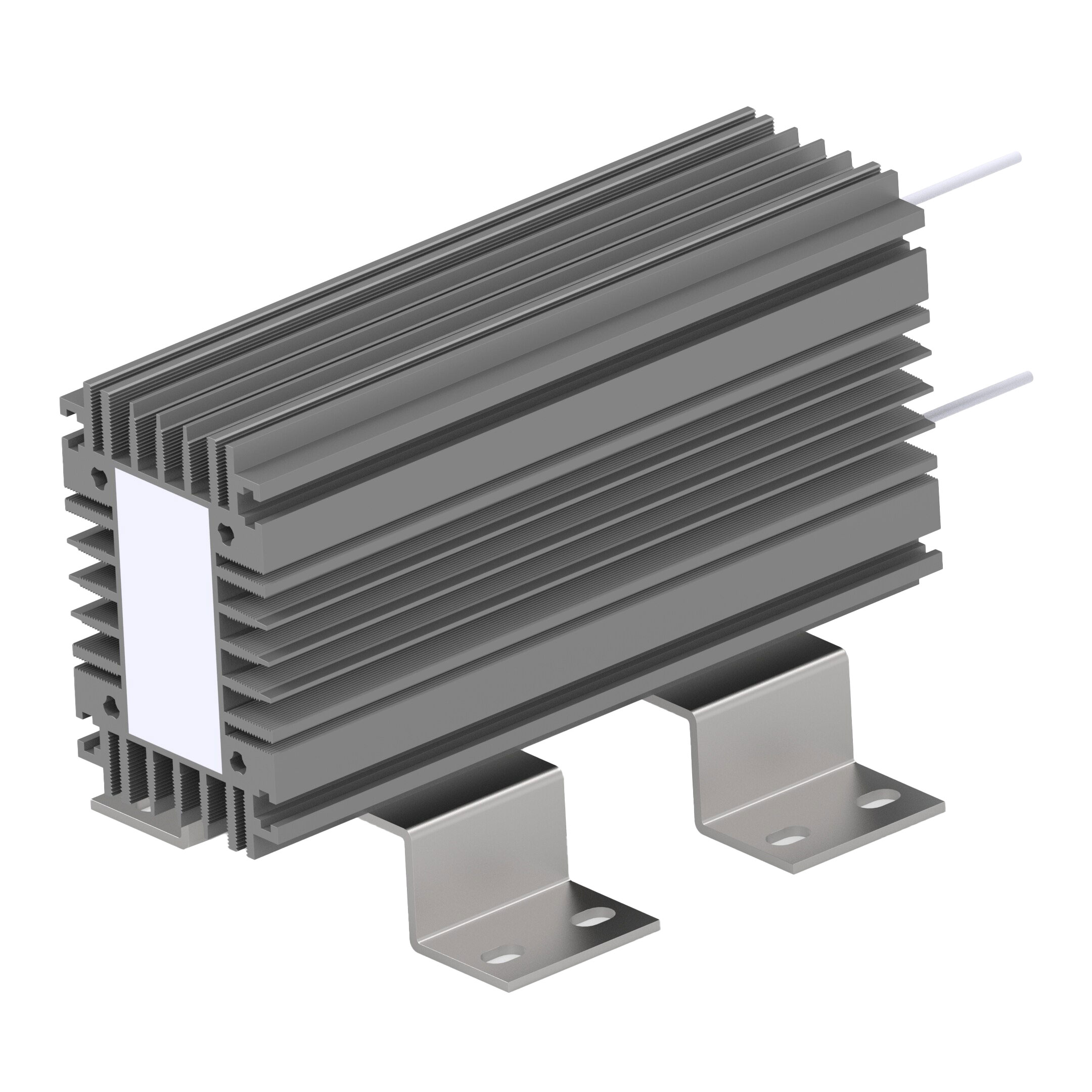
Information
dict2_description
How to wire resistors and how to classify products
2025-01-04
0
What is the market demand for DC resistors?
2024-12-25
3
What is the price range of photoresistors?
2024-12-24
2
dict3_title
dict3_description



































